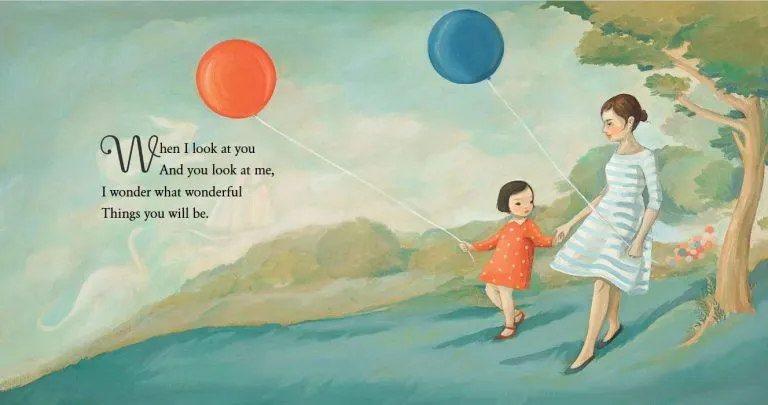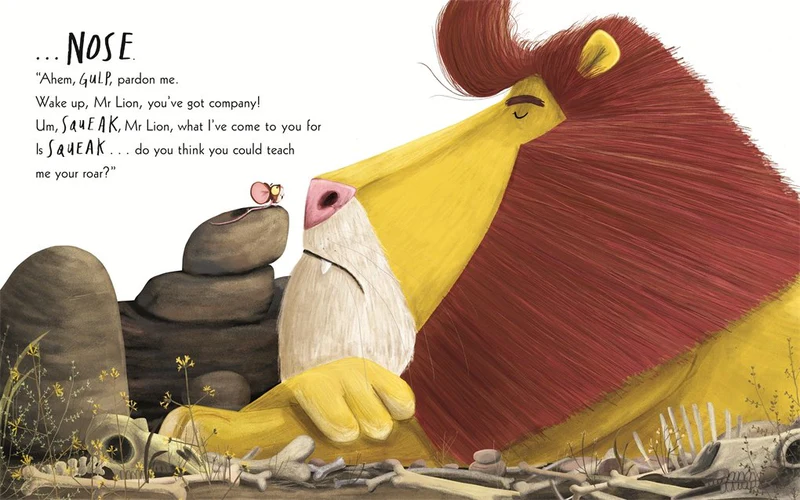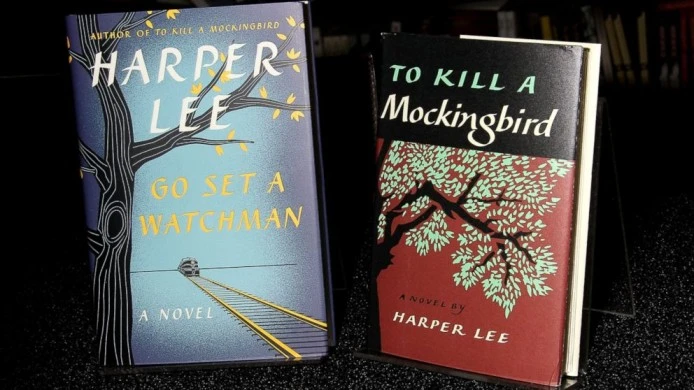How to Write a Story? A Definitive Guide
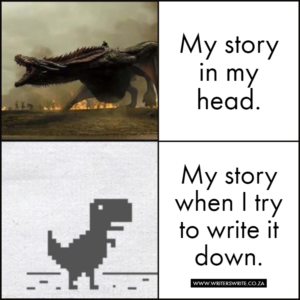
There is no one way to write a story. In fact, there are as many ways to write a story as there are stories themselves. But that doesn’t midpoint that there aren’t some tried and true techniques that can help you make your writing increasingly effective.
This guide will walk you through the nuts of how to write a story, from coming up with an idea to refining your work for publication. So whether you’re a beginner or an experienced writer, read on for tips and tricks that will help you take your storytelling skills to the next level.
- The Elements of a Story
- Understanding the plot of a story
- Understanding points of view
- Understanding conflicts and their types
- Before you uncork your story
- The Idea for your Story
- Outlining your story
- The Setting of your story
- Who are your characters?
- Writing dialogue
- Taking the story forward with the plot
- The Glorious End
- Editing your story
- Publishing your story
The Elements of a Story
We all know what is story and how we protract to slosh it through books, movies, and a multitude of other mediums. But what unquestionably encompasses what makes it a story?
A good story has a few simple elements necessary for captivating readers. When creating your own stories, elements such as plot, weft development, theme, and setting are important elements to consider.
The plot is the main storyline in a short story and includes the sequence of events that lead to the climax. Notation momentum the story through their interactions with each other and help set the tone for each scene. A good story focuses on its notation and their truth.
Knowing what themes to use such as love or revenge when starting how to write a story will requite the reader deeper insight into the notation and overall opinion of your short story.
Lastly, the setting plays an important role in establishing the mood and undercurrent of the world which can stupefy how readers view or interpret your work and your character. By understanding elements in this sense, one can powerfully craft a good story from start to finish.
There is no guarantee that all stories will succeed in doing so, simply considering there are many elements at play that may determine their success or otherwise; however, understanding what goes into making up a proper and engaging narrative is key to telling one yourself.
Understanding the plot of a story
Understanding how to write a story and what its plot comprises is essential for any reader or writer. It can be specified as a narrative that is well-balanced of notation and events, either real or imaginary. In essence, it’s what makes up the inside idea of a work of literature.
The plot is what ties all these elements together in a logical way to create the main structure of the story. It involves what happens in the story, who has what role, and how each weft interacts with their environment.

These make up the sequence of events and beats from the initial situation to the resolution which makes up a well-constructed arc. Thus, it has been aptly said that “the plot is what turns a list of events into a story” due to its importance in weaving all elements present in a work of fiction together so neatly and meaningfully.
Understanding points of view
There are several points of view and narrative perspectives to consider to write a novel or as short story. Depending on the needs of the story, the point of view can variegated such as a first person, second person, or third person.
While stuff told from the same narrator, it may vary in loftiness and scope; centering on an internal perspective (close third), afar (omniscient third), limited points of view (third-person limited), or dual points of view (multi-perspective).
A point of view or narrative perspective to write a tale can moreover differ by creating various ‘lenses’ through which readers may examine notation and events; permitting them to enter the protagonist’s world and wits coupled with the narration itself deciding how much truth is revealed.
By understanding points of view and narrative perspectives to write a tale, you can use them to help guide their stories in heady new directions remoter exploring the emotions and interactions of your character. You can moreover use it if you want to provide greater insight to the readers. Writing with a suitable narrative perspective is essential.
Understanding conflicts and their types
Conflict is an essential element you must have to write a narrative story – it is what turns a mundane plot into an engaging journey. Conflict in the story often refers to the struggles the notation squatter whether from within themselves or from the outside world. Conflicts are found in all types of stories- whether you are going to write a short story.
Internal conflicts are when a weft is struggling with something within themselves, such as their own beliefs and feelings, while external conflicts are when the struggle lies outside the character.
Common examples of external conflicts may be relationships, nature, and society, while internal conflicts can include fear, morality, and subconscious desire.
Depending on what effect the tragedian wants to unzip in their story, conflicts can towards in all shapes and forms within their writing, making conflicts one of the most important contributing factors to any successful narrative.
Before you uncork your story
Starting your journey to write a tale can be an heady but daunting prospect. Surpassing you uncork how to write a story, there are some essential elements that you must consider if you want to frame the story in the weightier possible way. Firstly, decide on a point of view – is it a third person or first person?
Next, think well-nigh how to write a structure and how you will shape your plot – will it have several narrators, interweaving storylines, or just one inside protagonist? This will help you to develop the story further.
Then mull over interesting notation in who readers can invest their emotions in; select ones that will rivet them through their raw human relationships and subjective experiences.
After you establish the fundamental elements of how to write a good story, consider how to write a setting and theme which conveys the right undercurrent for your plot, surpassing placing your story during a unrepealable era and into its own unique world.
Take time surpassing you uncork to thoroughly explore these aspects surpassing you start how to write a short story or a novel and alimony refining each speciality until everything comes together as your vision.
The Idea for your Story
Brainstorming can be a daunting task, expressly if you finger unequipped to come up with something new and creative. However, with the right toolkit for idea generation in your hands, you’re well on your way to finding your story idea.
Begin by asking yourself some questions to write a well-constructed piece well-nigh the idea – what are its themes? Is it lighthearted or serious?

Who is your protagonist? What kind of world is this story set in? Asking yourself all of these questions will not only help you proceeds clarity virtually what kind of idea resonates with you the most but will moreover prompt new ideas that you may have never considered before.
Once you’ve got answers to most of these questions to write a draft, start doing research virtually similar stories and notation in variegated forms of media- books, movies, TV shows, cartoons, etc.- for stimulation and inspiration.
Finally, try to write a list of ideas that pops into your throne plane if it doesn’t make sense at first glance – who knows, maybe it will develop remoter as your idea takes shape.
Outlining your story
An outline is an essential tool for outlining and getting it off the ground. It helps you create a road map to guide you through the unshortened writing process. An outline allows you to structure your ideas, organize them logically, and identify any holes in your plot.
Moreover, outlining saves you time lanugo the line by focusing on one major element at a time so that you can develop each scene increasingly easily.
Finally, outlining provides direction when you don’t know where to start or are feeling overwhelmed. Taking the time to plan how to write a story or plane how to write a short story from start to finish will ensure that your plot is well-spoken and concise. You need an outline for a short story too.
When outlining, uncork by brainstorming ideas such as weft names, settings, and plot points—then create an overall structure for these elements using sequences for scenes, installment headings, or acts depending on how long the story is.
Additionally, consider including a timeline or mood workbench as reference material during your outlining process for any kind of story. Whatever method works weightier for you: outlining will help make sure that all of the pieces of your story come together beautifully!
The Setting of your story
The setting is one of the most crucial aspects irrespective of the type of story you are creating, be it a novel or a short story. Ask yourself what world the story is set in. It can pinpoint unrepealable characters, remoter shape the plot, and create a vivid setting for readers to lose themselves in.
Deciding which setting is weightier should depend on various factors dependent as the genre, setting of the plot, tone, etc.
When you start to write a setting, it’s important to be both creative and realistic in order to capture an engaging setting that allows readers to relate to and visualize the atmosphere.
Small details such as the type of suit worn by notation or unravelment of geographical features enhance the setting immensely.
Keep in mind that setting is not limited to physical elements, as you should moreover consider moods or atmospheres surrounding a place when integrating the setting into your story.
Who are your characters?
Determining who your notation are and developing them can be a unconfined journey to undertake and it is unseat to leave a lasting impact on the reader. It’s an opportunity for you to exercise your craft and create a full world for a good story. When you first uncork how to write, start by asking yourself who your notation are. Pinpoint their personalities, values, and aspirations.
Then, throughout the narrative, pay sustentation to how they grow, evolve, and come together as the story progresses. Whether it’s through dialogues, conflicts or challenges faced or resolved by your characters—these will be essential as they progress from the whence right up to the end.
With a focus on your notation and their development, the story you are writing will wilt stronger much increasingly quickly than had you focusing only on plot points or events for how to write a story.
The key is to make sure your notation are at the part-way of your narrative—you can do this by permitting them to momentum your story from whence to end!
Writing dialogue
Writing dialogue is a powerful way to bring your notation to life in a story. It’s an important tool to create emotion and yank readers into the story world.
Writing dialogue can be one of the most difficult elements when you consider to write a novel or a short story. How do you make sure dialogue sounds natural without it stuff overly stiff so that your readers find it believable?
Tips for dialogue writing
The weightier dialogue begins with your notation firmly in mind. Know their ages, personalities, and relationships with each other, then craft dialogue that reflects those details. Capture their language and what is unique well-nigh them by having them speak authentically through their dialogue.
As you write, pay sustentation to dialogue tags so they do not distract from Word nomination is moreover hair-trigger for ensuring dialogue flows well — stave cliche phrases and over-exaggerated emotions.
Lastly, remember that dialogue is purposeful; don’t let too much conversation wilt dialogue for dialogue’s sake as that can make the reader tune out or wilt tumbled as to why these particular conversations are happening at all.
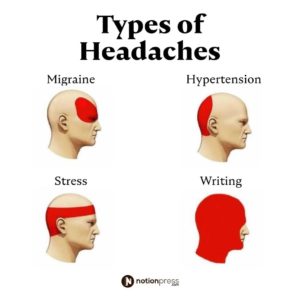
With thoughtful preparation, focus on characterization, and refining tone through thoughtfully chosen words, you can bring dialogue that breathes life into the story for an engaging read.
Taking the story forward with the plot
Taking the story forward with plotting is an art form. It’s important to remember that stories, expressly creative ones, have several key elements that need shielding consideration in order to modernize story flow.
Establishing notation and their motivations, exploring a story through dialogue and action, towers climaxes and denouement- these are all vital pieces of establishing an engaging story.
A story should both capture the reader’s sustentation and make them want increasingly – creating suspense without sacrificing weft minutiae is essential for driving the story forward.
This can be achieved by crafting plausible story arcs where tension produces resolutions that lure readers from one installment to the next, ultimately leaving them wanting more!
The Glorious End
A glorious story deserves a sunny ending, but writing one is easier said than done. The resolution should not be a rush job; instead, it should be written thoughtfully and intentionally, keeping in mind the unshortened journey of the characters.

The resolution should leave readers satisfied with its closure yet moreover with a sense of hopefulness for what lies superiority for the characters.
It is important to tie up loose ends and make sure that readers understand the decisions made by each weft throughout the story.
Ultimately, a glorious story should conclude with svelte narrative techniques that use foreshadowing and powerful language to leave an impact on readers’ minds so that they can remember your glorious story for years to come.
Editing your story
Editing your first draft is one of the key steps in refining your writing for publication. Editing goes vastitude simply re-reading and making corrections; it’s when you craft and shape a story, looking closely at every detail until it’s just right.
Consider each sentence closely to make sure it reflects the voice and message that you intend, editing for grammar, clarity, and consistency withal the way. Above all else, editing requires patience.

It may be helpful to put some time between writing your first typhoon and editing it so you can tideway it with a fresh set of eyes. In editing mode, squint out for repetitive sentences or concepts – this can often help tighten up your piece. With these editing tips in mind, make sure to re-read one last time surpassing sending off the final version.
Publishing your story
Publishing your story is an heady endeavor. With the right motivation and a process for getting it out there, publishing a story can be attainable.
After writing your story, the publishing process begins by submitting it to publishing companies or self-publishing.
For authors seeking increasingly firsthand gratification, self-publishing may not require as much effort in terms of publishing visitor research but requires that you take full responsibility for the diamond and production of the book.
It is important to remember that no matter which route of publishing is chosen, having a strong marketing plan in place will help your work proceeds recognition once it gets published.
The post How to Write a Story? A Definitive Guide appeared first on Inside Notion Press - Self Publishing Blog.


